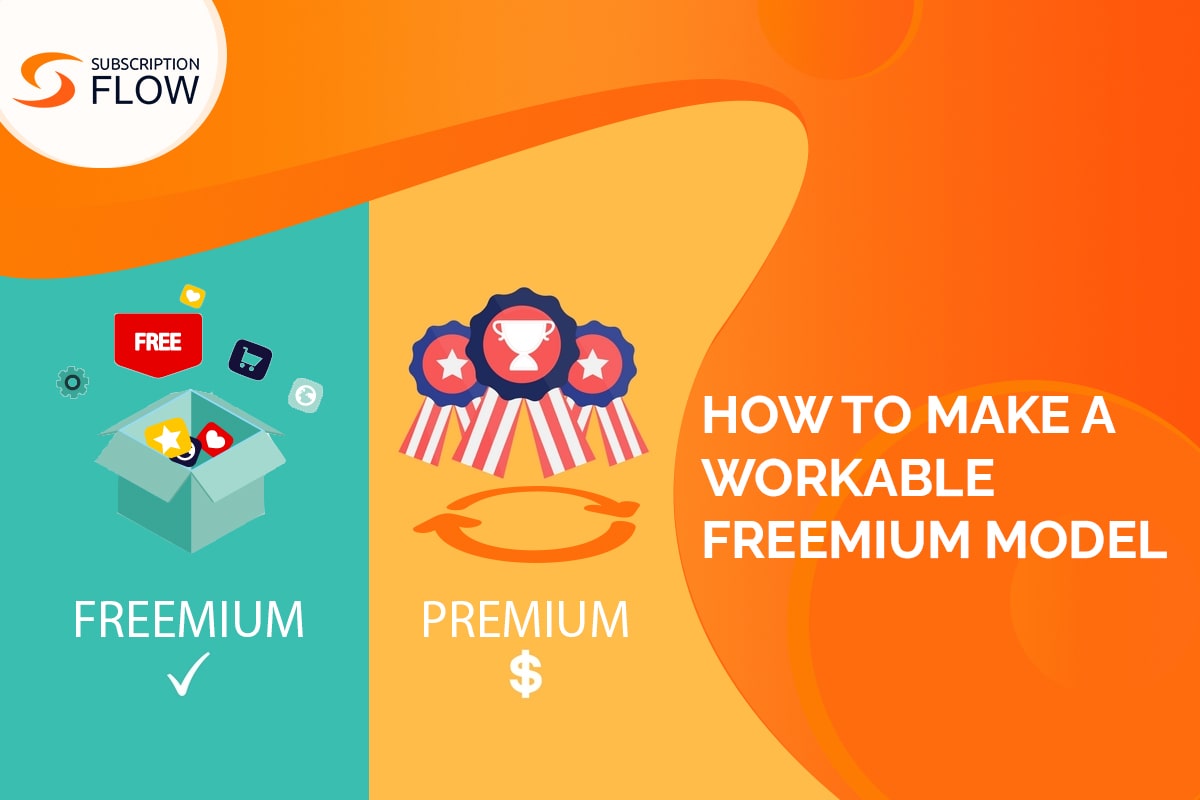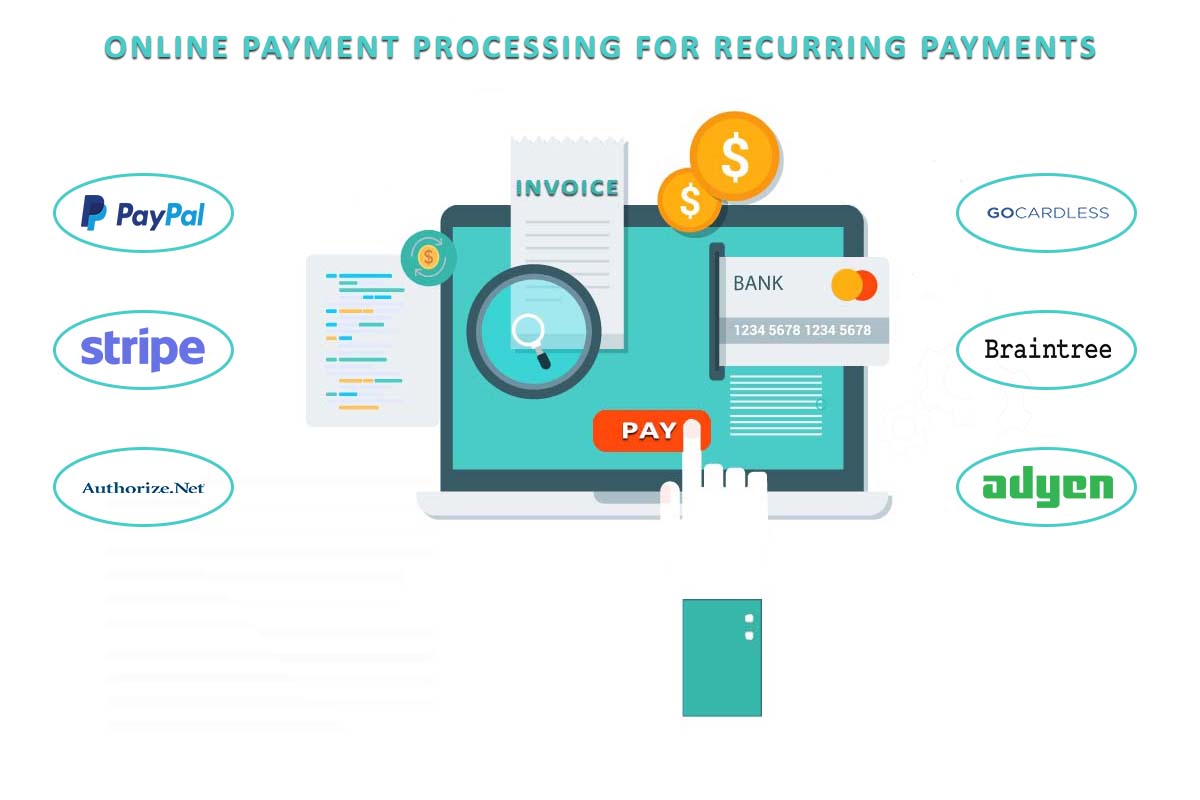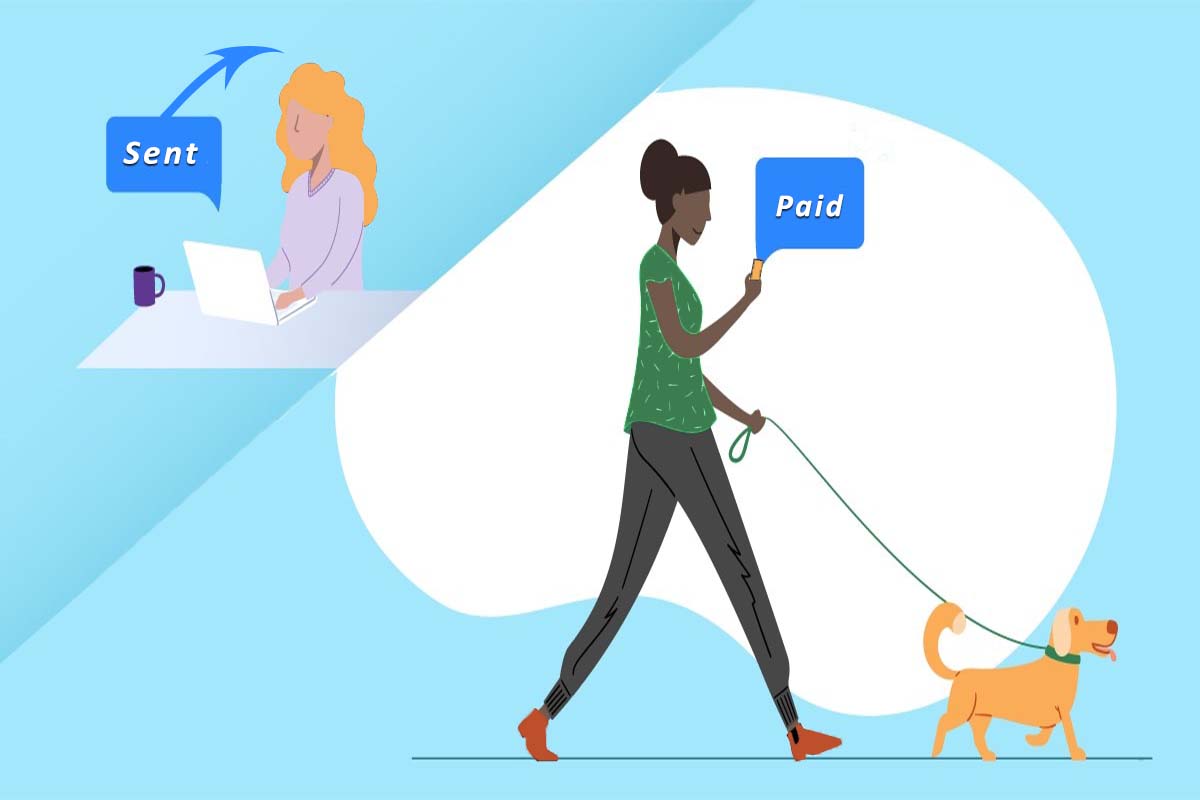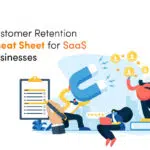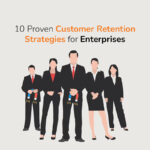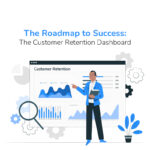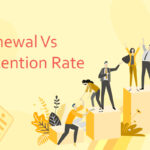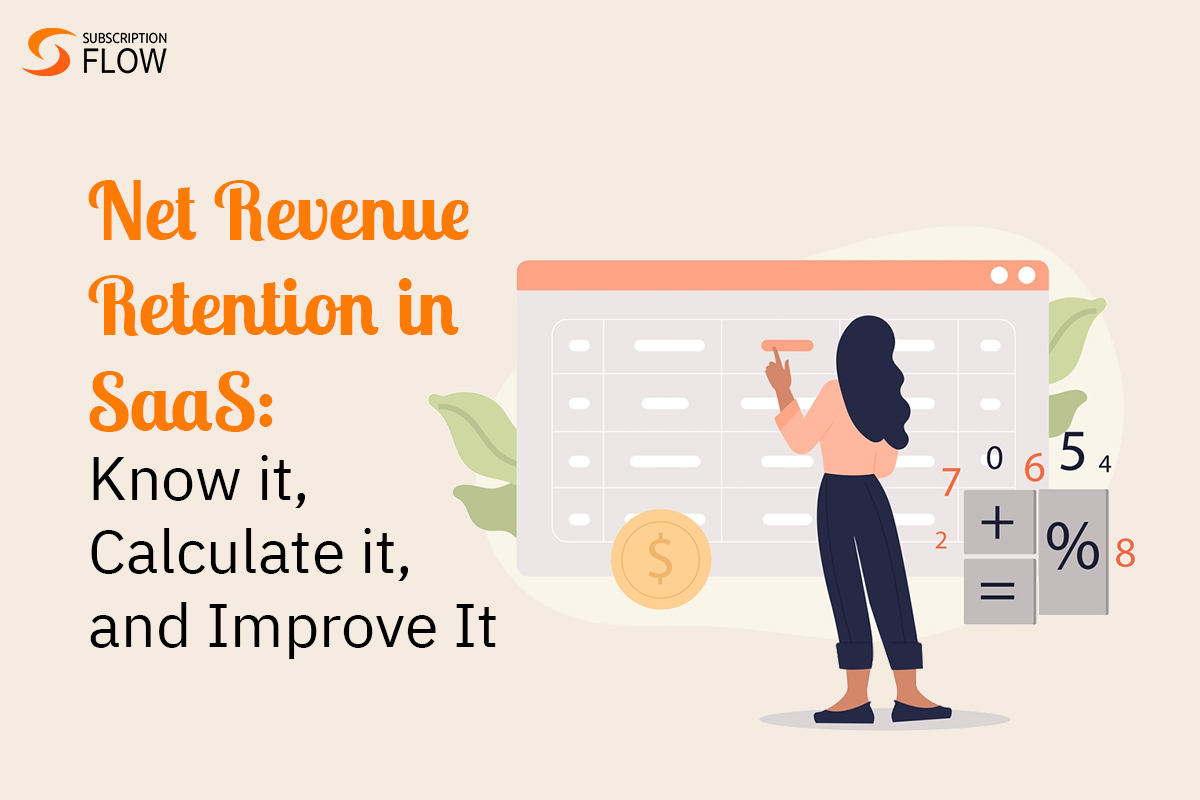
Understanding Net Revenue Retention in SaaS: Calculate NRR
With the plethora of SaaS subscriptions and customer success metrics for revenue retention and revenue management, Net Revenue Retention is the key factor in SaaS.
For SaaS businesses, the main goal is to fight churn and not let it exceed. Business and SaaS experts call NRR‘the gold standard metric’ as it shows the sustainability of business and revenue.
It is of great value to the investors and executives. It not only indicates the net revenue gained by the business but further reflects the customer retention rate, in other words, the potential affinity of a business for customers.
Let’s dig deep to learn and define the net revenue retention rate and how it can be optimized to grow a business:
What is Net Revenue Retention?
NRR is sometimes known as Net Dollar Retention (NDR).
NRR is the total of the Monthly Recurring Revenue that includes revenue from upgrades or expansion from existing customers a business retains over a given period while deducting revenue loss due to downgrades, discounts given, or cancellations.
Net Revenue Retention (NRR) gives an aerial view of the revenue generated through every activity of the subscribers and their subscription plans. Moreover, it also talks about a business that successfully grows the revenue from the existing customers and to what extent the business can maintain the customers turning them into ‘loyal customers.’
How To Calculate Net Revenue Retention? What Factors Are Important to Calculate NRR?
To calculate NRR, subtract lost revenue (churn and account contraction) from total revenue (includes monthly recurring revenue plus account expansions or expansion MRR) and divide by your starting Monthly Recurring Revenue.
Net Revenue Retention = (Starting MRR + Expansion MRR – Contraction MRR – Churn MRR / Starting MRR) * 100
In NRR calculations, these are some calculations and aspects that are important to be calculated before calculating NRR.
- Monthly Recurring Revenue (MRR): It is the recurring revenue you were receiving from your customer base each month.
- Expansion MRR: The recurring revenue you were receiving from your customer base each month through upsells or cross-sells.
- Downgrade MRR: The revenue lost from existing customers after downgrades.
- Churn MRR: The MRR was lost from the customers who churned.
Read More: 10 Most Important Customer Success Metrics for SaaS Subscription Businesses
What is a Good Net Revenue Retention Rate or NRRR?
NRR Rate is the percentage of net revenue retention from existing customers during a defined span. A good NRRR ranges up to 150% based on customer segmentation and its size.
Just like the metrics, the net revenue rate is not one set for every business. NRR primarily must be above 100% as it is considered a stable and good net revenue retention rate for the business. Having NRRR above 100% shows the sum of revenue generated from up-sells, cross-sells, and add-ons is greater than the revenue lost from churn or subscription downgrades.
For small to mid-range businesses, the NRR can vary and might be below 100%, and ranging from 90-100 for SMBs is a good sign of growth and revenue generation.
Net Revenue Retention and Customer Success
It is one of the most important customer success KPIs as it brings about the analytics of revenue from upsells, cross-sells, downgrades, account expansions, and other factors.
NRR helps customer success teams and account managers to streamline their efforts toward customer success and business revenue goals as it motivates them to understand to what extent the customer and product can align with each other.
Also, to obtain sustainable net revenue retention, a customer success platform would be the best choice as different customer retention strategies will be employed through automation. SubscriptionFlow, being a subscription management and customer success platform, provides features and solutions for improving customer retention, churn reduction, and revenue optimization.
How to Improve Net Revenue Retention?
If you have a relatively lower NRR and intend to improve your NRR, here are some of the areas you should focus on.
To put it under an umbrella concept, the NRR can be improved by improving the opportunities that drive more revenue and lesser downgrades along with churn.
Reduce Churn by Employing Retention Strategies
Churn is the biggest threat to SaaS businesses and those who work on recurring billing models. To reduce churn, first deal with the elements that are causing churn. They must be thoroughly studied and analyzed.
There are different types of churn and different reasons make customers opt-out and stop using the product or service. For an instance, if there is no proper engagement with the customer, the chances of churn are increased. To reduce churn, the business must employ a proper recurring revenue retention tool or customer retention tool such as SubscriptionFlow, so that the right customer and the revenue pushed by them can be retained at the right times.
Read more: Maintain the Flow of Retention and Revenue with Churn Management Software
Limit or Downplay Downgrades
Giving the feature of downgrades is one of the customer retention tactics, but having too much downgrading in the subscription plans will ultimately lead to improved churn.
The irony here is that even though it is a tactic to retain the customer, it can lead to losing revenue potential. Such as if the subscription of a customer is about to end, then you might offer a low-priced tier.
If the cycle continues for other customers, there will be less revenue and more churn. The reason for the downgrade could be buying the wrong subscription plan. Therefore, it is important to limit subscription downgrades or similar activities that fall under ‘offering downgrades.’
To limit downgrades, the proper analysis for the causes of downgrades must be studied to rein all the causes in and upgrades can be improved.
To improve the net revenue retention by limiting downgrades, the following tactics can be used:
Better enabling customers to choose the right package for their needs.
- The more adaptable pricing strategy
- Reworking your value proposition
- Package reconfiguration
- A more considerate timeline for up-selling or cross-selling maneuvers
Improving Upselling and Cross-selling
Upselling and cross-selling lead businesses to earn more revenue and retain their customer base seamlessly.
Upselling and cross-selling can be employed based on the customer historical data so that you can suggest or give recommendations to your customer on the relevant products.
To enhance up-selling opportunities create account expansion opportunities and acquire higher ROI. To generate more revenue offers like trail management, professional services, and much more can be made where they can boost your business health and support their prospects as well. These may include:
- Offering trial management
- Buying plans and upgraded features
- Get towards advanced products and services
- Show in-app upsell opportunities
Cross-sell to your customers with AI-driven insights that bring data-driven recommendations for the customers at checkouts based on their product history. Offer them the relevant products, complementary services, and product catalogue to market the products and help them in buying your products and services. The following strategies can be used to influence cross-selling:
- Buying multiple billing plans
- Opt integrations
- Cross-platform product advocacy
More upselling or cross-selling will lead to a better and increased revenue which finally makes Net Revenue Retention better and reach its goal.
Read More: Important SaaS Customer Retention Metrics for Subscription Businesses
Wrapping Up
Net revenue retention determines the SaaS retention rate and also demonstrates your strength in the competitive market of SaaS businesses.
To win the race, the net revenue retention must be above 100% so that there is less churn and a higher customer retention rate. SubscriptionFlow, being a subscription management, recurring billing, and client success platform, provides solutions and features that lead to an optimized subscription management experience, higher revenue generation, customer retention, and NRR.
Schedule a demo with us!



